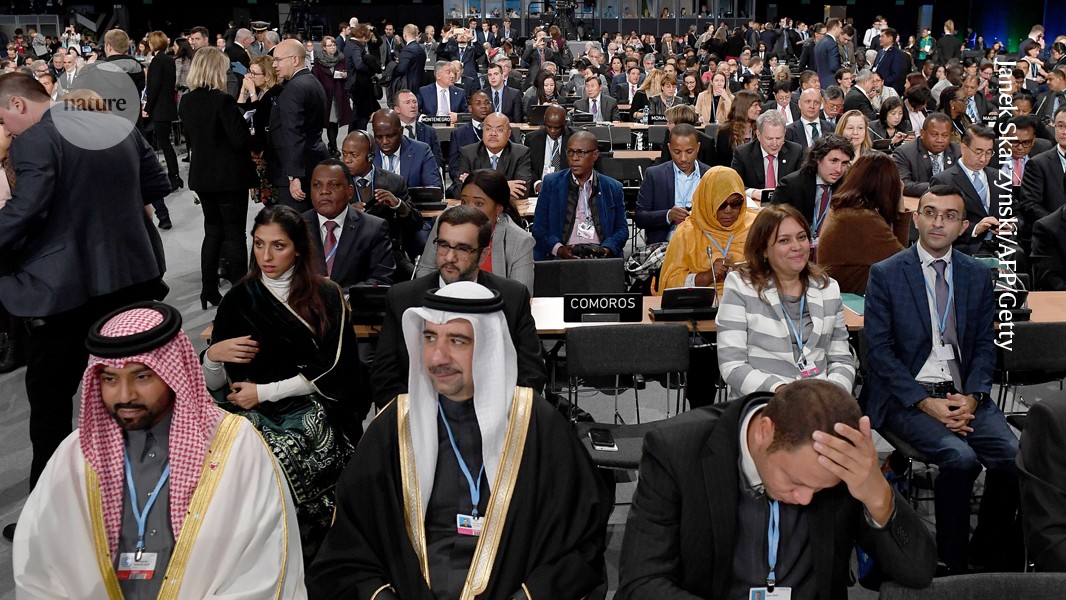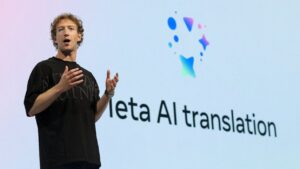Meta AI Develops Multilingual Speech-to-Speech Translator

Machine Learning Translates Spoken Language Instantly
Overview of the Technology
A groundbreaking machine-learning system developed by researchers at Meta can process spoken language in 101 different languages. What makes this technology fascinating is its ability to provide voice-synthesized translations in 36 target languages. This advancement brings us closer to the concept of the "Babel fish," a fictional creature from Douglas Adams’ The Hitchhiker’s Guide to the Galaxy that could translate languages effortlessly.
How It Works
The system utilizes artificial intelligence and deep learning algorithms to analyze audio input and translate it. Here are some key features of this technology:
- Wide Language Coverage: It supports translations for a broad range of languages, making it highly versatile.
- Real-Time Processing: Users can receive translations almost instantaneously, allowing for seamless communication across language barriers.
- Voice Synthesis: The translated text is converted back into spoken language using voice synthesis, which gives the output a natural tone.
The Development Process
The development of this machine-learning system involved several stages:
- Data Collection: Researchers gathered extensive audio datasets from speakers of various languages to train the system.
- Model Training: Advanced algorithms were trained on these datasets to improve accuracy and fluency in translations.
- Testing and Refinement: Rigorous testing was conducted to fine-tune the model, ensuring it could handle complex linguistic structures and idiomatic expressions.
Applications
The implications of this technology are significant across various fields:
- Travel and Tourism: Tourists can communicate more effectively in foreign countries, breaking down language barriers that often hinder travel experiences.
- Business Communications: Companies operating in international markets can facilitate smoother negotiations and collaborations by overcoming language differences.
- Education: Students and teachers can use the technology to enhance learning experiences and access educational resources in multiple languages.
Future Implications
The ability to understand and translate multiple languages has far-reaching consequences for global interactions. Some potential impacts include:
- Increased Accessibility: People who speak different languages can engage with content and services that were previously inaccessible due to language barriers.
- Enhanced Collaboration: Businesses can collaborate more easily across borders, leading to increased innovation and intercultural understanding.
- Cultural Exchange: Language translation technology can promote cultural exchange, helping people appreciate and understand different cultures through their languages.
Challenges Ahead
Despite this impressive progress, several challenges remain for machine-learning translation systems:
- Language Nuances: Capturing idiomatic expressions, humor, and regional dialects can be complex, requiring ongoing research and refinement.
- Quality Assurance: Ensuring the accuracy of translations in real-life scenarios is crucial, especially when context matters.
- Ethical Concerns: There are questions around data usage, privacy, and the potential for misuse of the technology.
Conclusion
While current advancements in machine learning and translation technology are impressive, the future holds even more exciting possibilities. As researchers push the boundaries, the dream of instant language translation may become a standard reality, fostering better understanding among people worldwide. From personal interactions to global business communications, the ability to translate languages on-the-fly paves the way for a more interconnected world.






